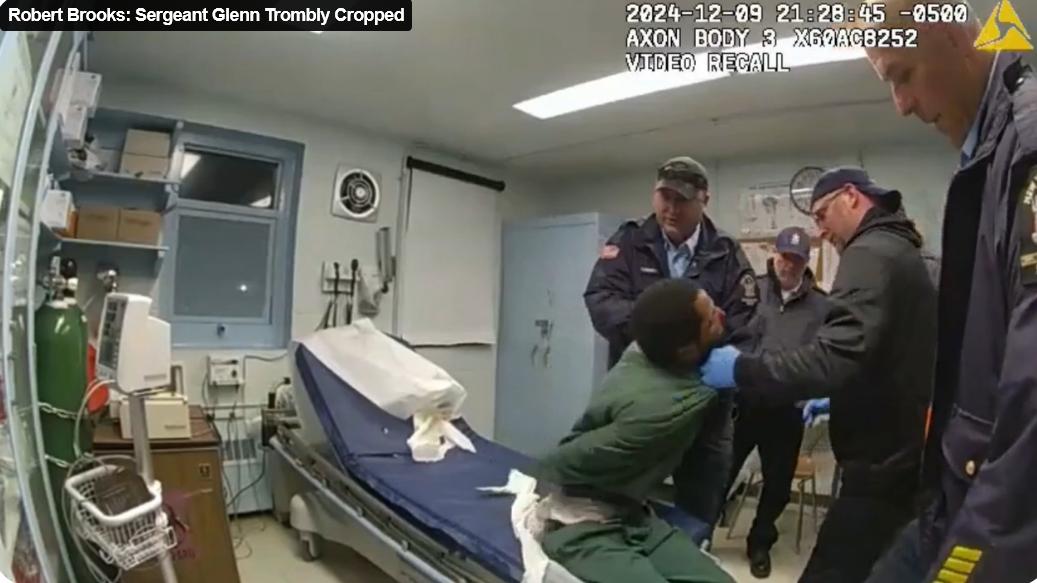If you are a male over 50, or are over 40 and at increased risk for prostate cancer because you have a family history of prostate cancer or are of African-American descent, your doctor should screen you for prostate cancer during your yearly examination by conducting a prostate physical examination (the digital rectal test), a urine evaluation, and a PSA test.
Because of the prostate’s location, your physician performs the physical examination of the prostate (also known as the Digital Rectal Examination or DRE) by briefly inserting a gloved, lubricated finger into the rectum to feel the back wall of the prostate. The examination allows your doctor to check for any areas in the back wall of the prostate for firmness, hard nodules, lumps or irregularities.
If you are a male over 50, or are over 40 and at increased risk for prostate cancer because you have a family history of prostate cancer or are of African-American descent, your doctor should screen you for prostate cancer during your yearly examination by conducting a prostate physical examination (the digital rectal test), a urine evaluation, and a PSA test.
Because of the prostate’s location, your physician performs the physical examination of the prostate (also known as the Digital Rectal Examination or DRE) by briefly inserting a gloved, lubricated finger into the rectum to feel the back wall of the prostate. The examination allows your doctor to check for any areas in the back wall of the prostate for firmness, hard nodules, lumps or irregularities.
Combined with the DRE, the PSA test can serve to detect prostate cancer in its early stages. The PSA test measures the amount of prostate specific antigen (PSA), an enzyme that is produced by the prostate and released into the bloodstream. Injury or irritation to the prostate, noncancerous enlargement of the prostate (BPH), and even sexual activity can cause elevated levels of PSA. An elevated PSA level, however, can also be an indication of prostate cancer. Therefore, the presence of elevated levels of PSA should raise your doctor’s suspicion that you may have prostate cancer, and should be followed by further testing, such as a transrectal ultrasound and biopsy to rule out the presence of prostate cancer.
Further, in men with a history of PSA test in the low end of the age adjusted range, an elevation in the amount of PSA detected by the blood test can suggest the presence of prostate cancer, even if still within the range generally considered to be normal. PSA test results in the mid-range level, generally considered to be between 4-10, should raise the suspicion that prostate cancer is present and that further testing is warranted. A finding of PSA levels at these levels, specially if the DRE is abnormal, can warrant further testing. PSA levels of 10 or higher are generally considered high. At these levels, the American Cancer Society guidelines require additional testing to rule out prostate cancer.
If anything of concern is found on your DRE (prostate examination) or PSA test, your doctor should recommend that you have a prostate ultrasound with biopsies. The ultrasound is conducted by inserting a lubricated probe into the rectum. The probe emits sound waves that bounce off the prostate and are detected by the probe. These sound waves are then transformed into a picture that allows your doctor to see the entire prostate. The picture may capture cancerous nodules on the prostate, which will let your doctor diagnose the presence of cancer on the prostate. The major limitation of the ultrasound is that at least 20% of cases in which prostate cancer exists are not captured by the ultrasound.
Given the limitations of the ultrasound, it is standard to do a series of random biopsies even if the ultrasound is normal. Biopsies are performed by inserting a long, very thin needle that opens inside the prostate and can take multiple, sliver-like pieces of prostate tissue for microscopic analysis.
It may be appropriate to take at least 6 separate biopsies with additional biopsies along the outer margin and apex where some cancers can be present and missed. Also, if specific areas of cancer are seen with the ultrasound or found during the DRE, biopsies should be directed to those areas as well.
The samples of prostate tissue are then analyzed by pathologists who look at the tissue under a high-power microscope to determine whether malignant cancer cells are present. The analysis report may include a description of the volume of cancer seen in the tissue samples. A description of low-grade cancer does not rule out the presence of a more extensive, invasive cancer because it is possible that the biopsies simply missed obtaining tissue containing the more aggressive cancer. Approximately 15% of men with a negative biopsy still have cancer of the prostate. Thus, even if the biopsy does not reveal the presence of cancer, it may be necessary to perform repeat biopsies and close, regular follow-ups. The first repeat biopsy and follow-up may be appropriate after 2-3 months.





